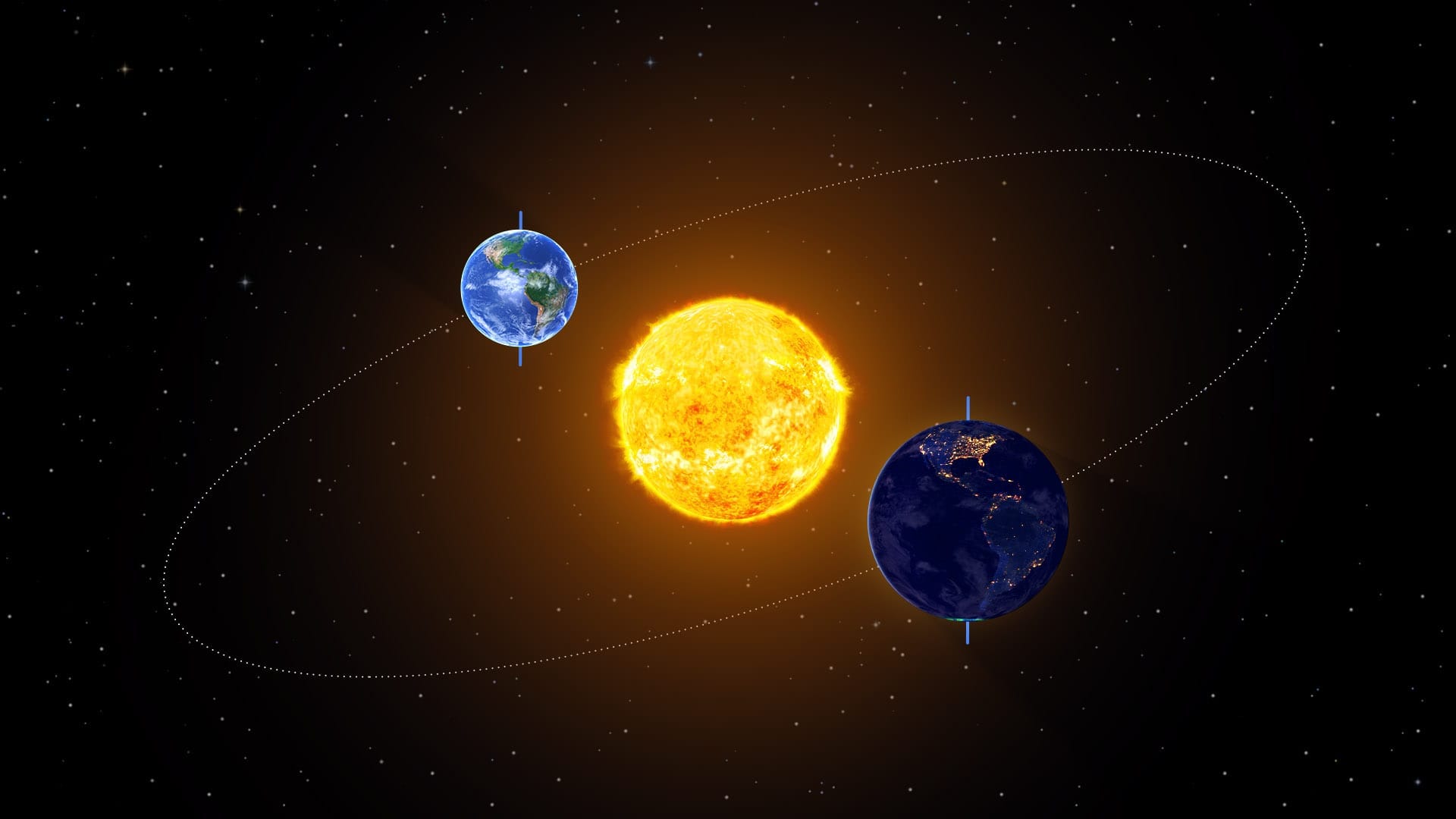Don't have an account?
Login to EaseMyDeal

2023-12-20
252
As the calendar gracefully glides towards the closure of another year, an astronomical spectacle takes center stage, inviting us to marvel at the grandeur of celestial mechanics. On December 21, 2023, the Northern Hemisphere will bear witness to the captivating and revered event known as the winter solstice, marking the shortest day and the longest night of the year. The reason behind the extended darkness on this day lies in the Earth's tilt. During the winter solstice, the Northern Hemisphere leans away from the sun, resulting in the sun's rays striking the hemisphere at an oblique angle. This creates longer shadows and shorter days, culminating in the longest night of the year.
The winter solstice isn't merely a date on the calendar but an exact moment when the Earth's axial tilt leans farthest away from the sun. Picture the Earth, tilting approximately 23.4 degrees, causing the North Pole to recline at its maximum distance from the sun. This spatial ballet results in sunlight diffusing thinly over the hemisphere, casting a shorter path through the sky and enshrouding us in extended darkness.
This cosmic alignment delivers the least amount of daylight, an atmospheric phenomenon celebrated and revered across cultures worldwide for millennia. It's a natural occurrence that has transcended time and culture, etching its significance deeply into our human tapestry.
The winter solstice of 2023 heralds not only the official arrival of winter but also serves as a profound moment for reflection upon the cyclical rhythm of the seasons. As the sun ascends to its lowest point in the Northern Hemisphere sky, it signifies a pivotal juncture where the gradual waning of daylight hours makes a subtle about-face, ushering in the promise of burgeoning light.
Throughout history, this celestial event has been imbued with profound cultural significance. Ancient marvels like Stonehenge in England and the temple pyramids in Cahokia, Illinois, stand as testaments to the reverence our ancestors held for this day. These architectural wonders aligned with the solstice sun, underscoring the pivotal importance of this celestial occurrence in ancient societies.
Even in contemporary times, the winter solstice continues to be celebrated in multifaceted ways, weaving together a tapestry of traditions and customs. From the illumination of candles symbolizing the return of light to vibrant festivals honoring the sun's symbolic "rebirth," this celestial event unites cultures and communities in awe and celebration.
The enigma behind the elongated darkness during the winter solstice lies in the Earth's inclination. As the Northern Hemisphere leans away from the sun, the sun's rays skim the hemisphere at an oblique angle. This cosmic choreography begets longer shadows and truncated days, culminating in the grandeur of the longest night of the year—a stark contrast to the radiant and sun-kissed extravagance of the summer solstice.
In embracing the winter solstice of 2023, we are beckoned to witness and appreciate the harmonious interplay of cosmic forces that shape our terrestrial existence. It's a time for introspection, celebration, and acknowledgment of the cyclic rhythm that governs our world.
So, as we stand on the cusp of this astronomical marvel, let's embrace the darkness knowing that it heralds the imminent return of light. Let's revel in the tapestry of cultural traditions, acknowledging our shared history and the timeless spectacle of the celestial dance that continues to captivate and unite us all.

Write A Comment